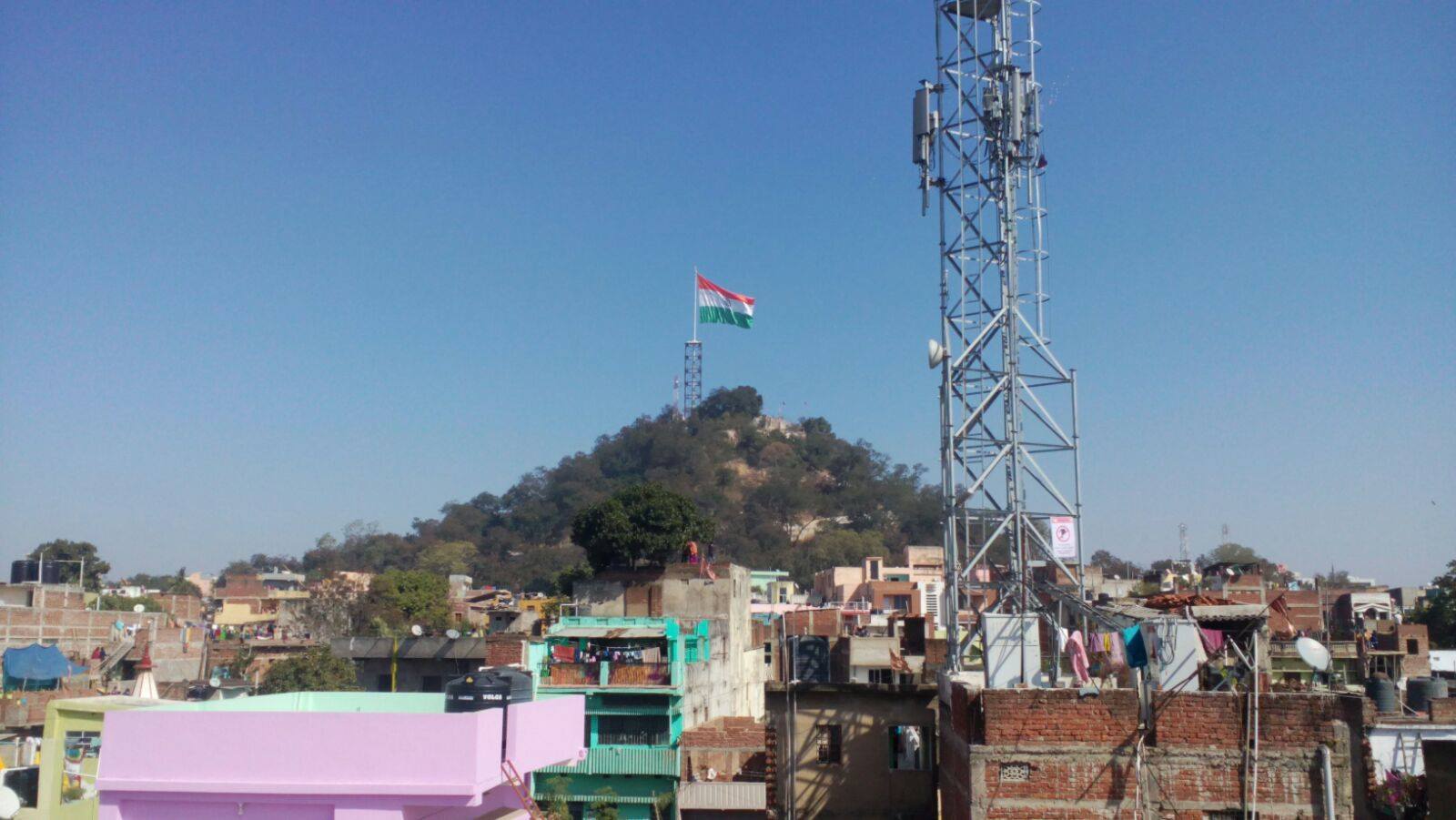India’s exports have been declining for 13 months. To reverse the trend, the commerce ministry wants to exempt exporters in special economic zones (SEZs) from all corporate taxes, including the minimum alternative tax (MAT). This is a bad idea. It goes counter to finance minister Arun Jaitley’s welcome proposal to abolish most tax exemptions, and have a uniform low rate that does not arbitrarily favour this unit or that region.
Favouring SEZs leads to not just a big loss of tax revenue but to cronyism (several SEZ land allocations became scams), and waste (units will shift to SEZs despite big expense and loss of productivity, just to get the tax break). Many companies that would be exporting from traditional bases anyway will shift to SEZs for the tax break. SEZ exports may look big, but may not represent additional exports or policy success. They may simply represent policy failure through export diversion and revenue loss.
India has an export problem right now but not a balance of payments problem. So there’s no need for panic or emergency measures. The current account deficit is well under control at barely 1% of GDP, since imports have fallen along with exports. China’s slowdown has led to a global export slowdown. Almost all Asian countries are suffering from falling exports, and many have suffered steeper declines than India.
In such dismal global conditions, tax breaks are irrelevant for export buoyancy. We must instead raise our competitiveness through better logistics, skills and procedures. Only then will exports boom sustainably. We cannot have lousy facilities and yet become world-class exporters through tax breaks. Ideally, the whole of India should have world-class facilities. Since resources are limited, a start can be made in SEZs.
Between 1965 and 2005, India built eight tiny export processing zones, with very limited success. By contrast, China and some other countries succeeded by creating massive SEZs. Shenzen in China covers four small districts. Chinese SEZs have world-class power, water, ports and airports, and have become world-class manufacturing clusters.
India in 2006 adopted a new SEZ policy. Units in SEZs would pay no tax for five years (not even MAT), get a 50% tax break for the next five years, and a further five-year tax break for reinvested profits. SEZ developers would also get a tax holiday for 10 years.
Instead of creating massive SEZs, this policy encouraged hundreds of small SEZs in every state. These amounted to tax shelters and a grab for land rather than world-class enclaves. No less than 564 proposals for SEZs were approved, but of these only 204 are actually functioning. Mukesh Ambani’s giant SEZ in Navi Mumbai is largely vacant. Most operating SEZs are small IT establishments that are little more than tax havens.
The 2006 Act provided that the minimum size for information technology, jewellery and biotech parks should be just 10 hectares, smaller than even some schools. Size limits were kept especially low for hilly areas, where flat land is scarce. This was a classic case of making SEZs an end in themselves rather than a means to improve competitiveness. China does not create tiny SEZs in the Gobi desert or Tibetan mountains: it creates large ones in areas with the best logistics, infrastructure, financial and transport facilities.
Exports from Indian SEZs rose from $5 billion in 2005-06 to $81 billion in 2013-14. This looks very impressive. But a lot of it is simply trade diversion. Many top IT and jewellery companies shifted their operations to SEZs for the tax break. Since units outside the SEZs continued exporting at a good rate, it is unclear whether the SEZs achieved additional exports or just diverted exports.
Because of such factors, MAT and the dividend distribution tax was imposed on SEZs in 2011-12. Industries protested that this discouraged additional investment. True, but would this fresh investment have been for export diversion or export addition? The operating profit margins of software companies often exceed 20%, so they hardly need tax breaks. Old export units in areas from textiles to engineering, many having very slim operating margins, get no tax breaks. Why should they be discriminated against?
To be competitive, India needs both competitive facilities (in and outside SEZs) plus competitive tax rates with very few exemptions. India has a corporate tax rate of 30%, and with cess and surcharge this comes to 34.5%, one of the highest in Asia. Finance minister Jaitley rightly seeks to cut this to a competitive 25 %, while removing today’s myriad exemptions so that he does not lose tax revenue. This is a laudable, far-sighted reform. It should not have holes punched in it by demands for tax breaks from SEZs or other interest groups.


